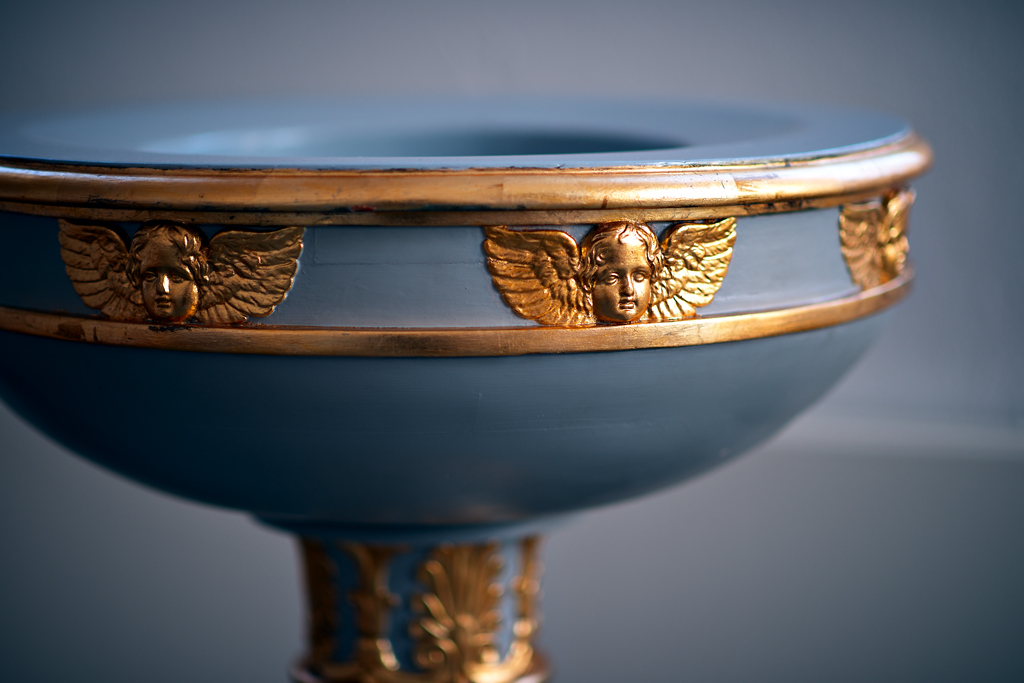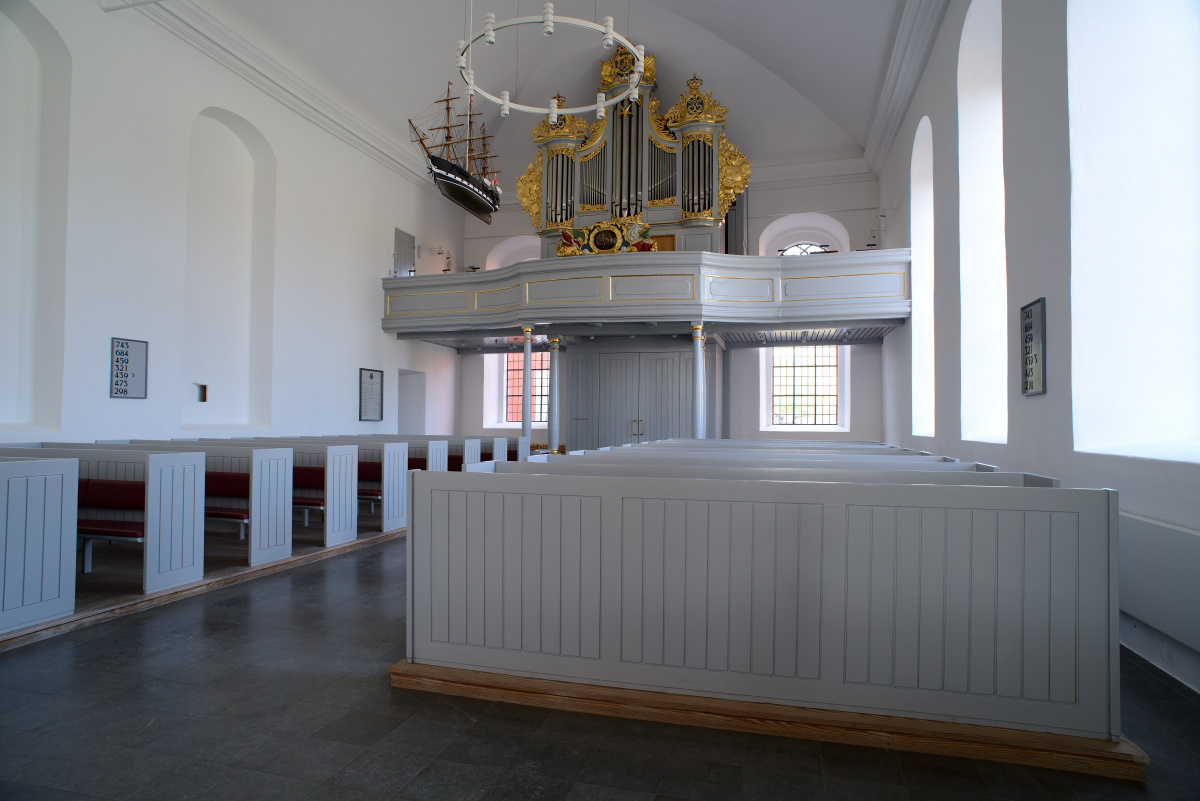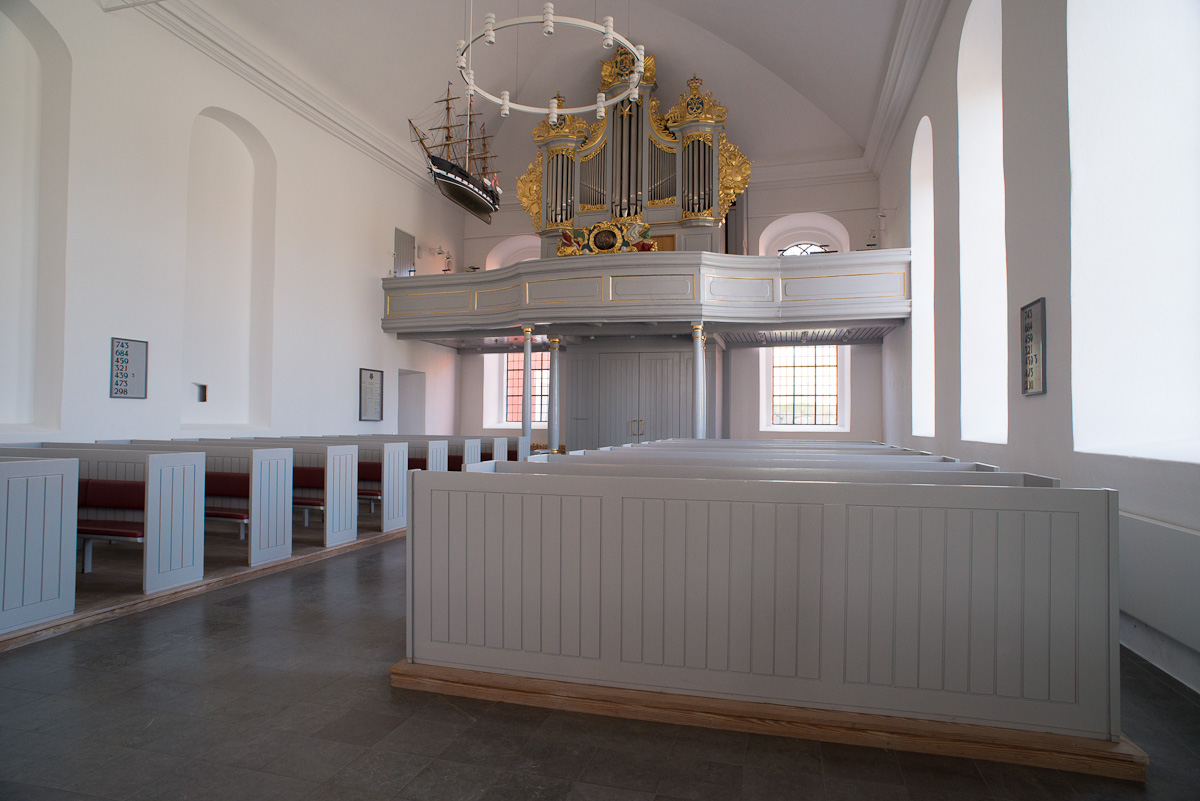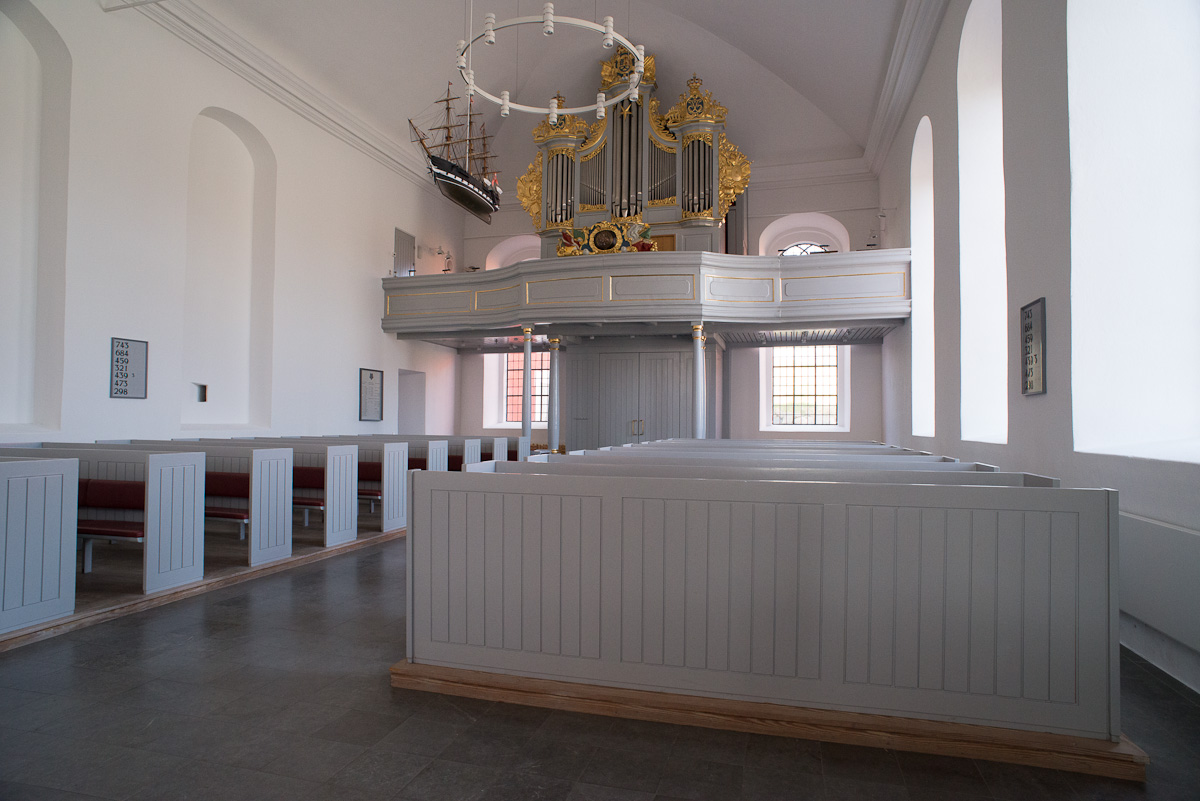The gentleman hated the front element. Thought he would scratch it.
Makes sense, of course, depending on where and how one uses his/her lenses. I was being half-facetious, it wouldn't be the first time than someone sells a mint-looking-but-not-perfectly-working lens pricing it based on its mint aspect rather than being honest about its internal problems...
Less demanding. The number of pixels is the same, but the AA filter acts as an
attenuator for the high frequency energy from very fine details. So a very good
optic with AA filter will be more penalized that a slightly worse one with no AA
filter.
Not quite, actually, it will be more demanding. An example which I hope will help clarify the issue. As we know, the AA filter reduces the amount of sensor resolution by blurring certain frequencies, therefore (numbers are made up):
- say a sensor WITH AA resolves 100 lines per inch;
- say a lens resolves 110 lines per inch;
THEN the lens will out solve the sensor, and be therefore more than adequate for the camera in use, with the sensor being the weaker link in the imaging chain;
- say now the same sensor WITHOUT AA resolves now 120 lines per inch;
- say you are using the same lens resolving 110 lines per inch;
THEN the same lens above will now be inadequate for the sensor resolution, and will become the weaker link on the imaging chain.
Therefore, a sensor WITHOUT AA filter will be more demanding on the used lens compared to the same sensor WITH AA filter - you'll need BETTER lenses with a non-AA sensor than those you'll find adequate with a sensor WITH AA filter...







